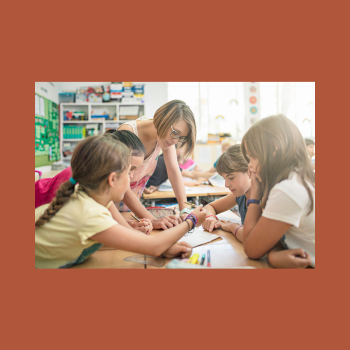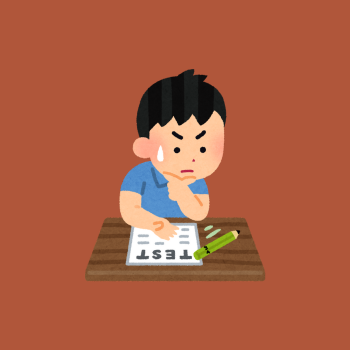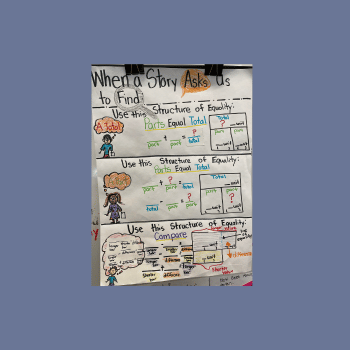Instructional Practices

This post explores how to select or adapt number stories that invite sense-making, honor students’ experiences, and align with instructional goals.

Productive struggle isn’t about frustration. It’s about giving students the right kind of challenge, paired with structure and support, so they can reason, make sense of problems, and build confidence.

A reflection on how Pam Seda’s work validates my mission to bring equity, comprehension, and deep thinking into math classrooms.

Math anxiety can create real barriers for students. Learn research-backed strategies to help your students feel more confident, supported, and successful in math.

Math anxiety is more than nervousness before a test. It’s a persistent fear of engaging with math. Learn how recognizing it can change your classroom culture.

Just because a student can’t calculate fluently doesn’t mean they can’t think deeply. Let’s dismantle gatekeeping and open access to rich, meaningful math for all students.

Test anxiety can cause students to disengage and fear failure. Learn why it happens, what it looks like, and how to create a supportive classroom that builds confidence and resilience.

Many students struggle with math not because of computation, but because they don’t know where to start. Learn how Structures of Equality (SoE) helps students decode word problems and build confidence in problem-solving.

Sometimes it feels like your students are playing a guessing game when it
comes to number stories. Learn how SoE helps them understand and the research that
backs it.

Ever notice students try to sneak counting on their fingers? Many kids have been told not to. Here’s why they actually should.\

The best math test prep isn’t about last-minute drills; it’s about giving students strategies to access what they already know. A simple way to help students feel more prepared and confident on test day.

Anchor charts in your math classroom help make abstract concepts more accessible. They also increase retention and help promote independence.